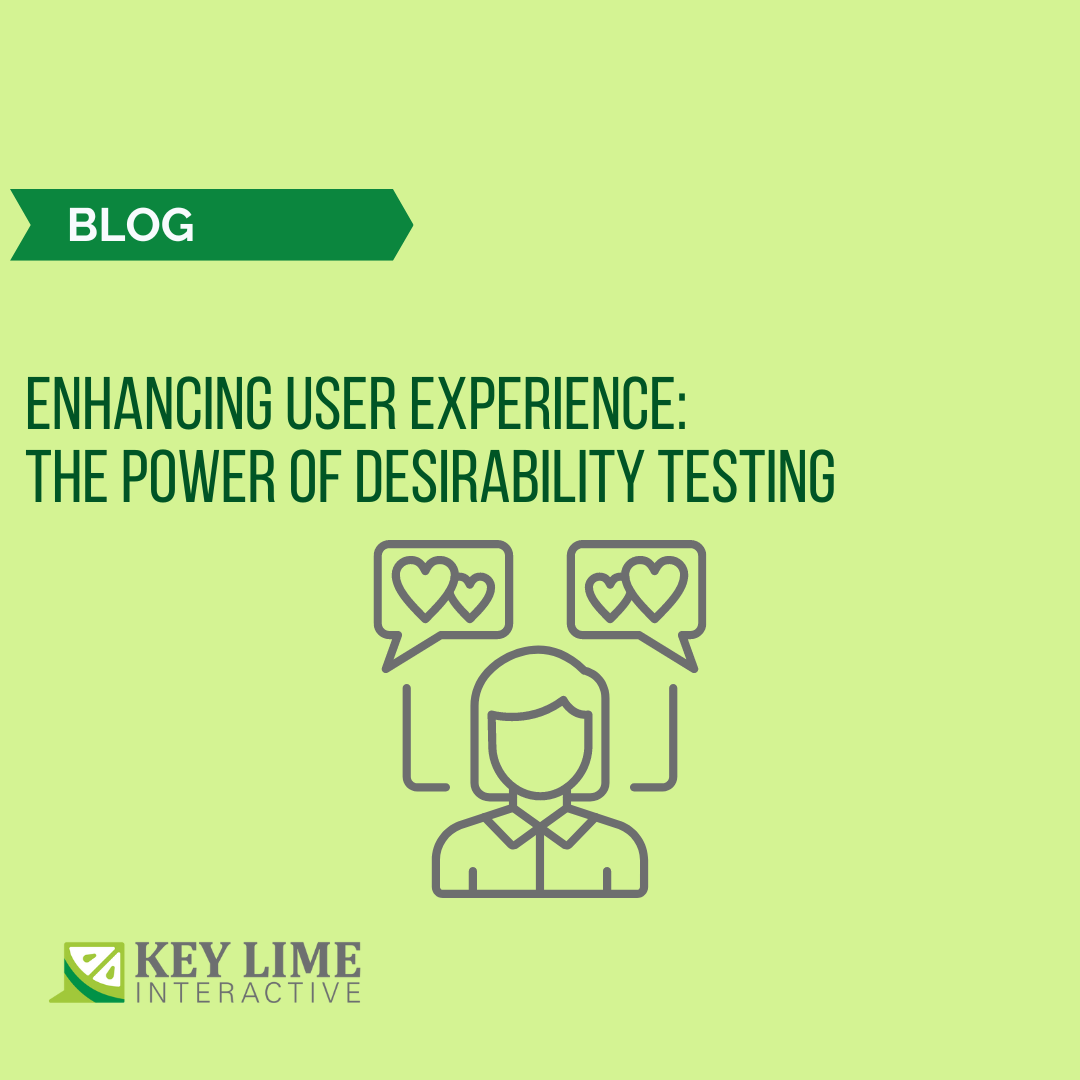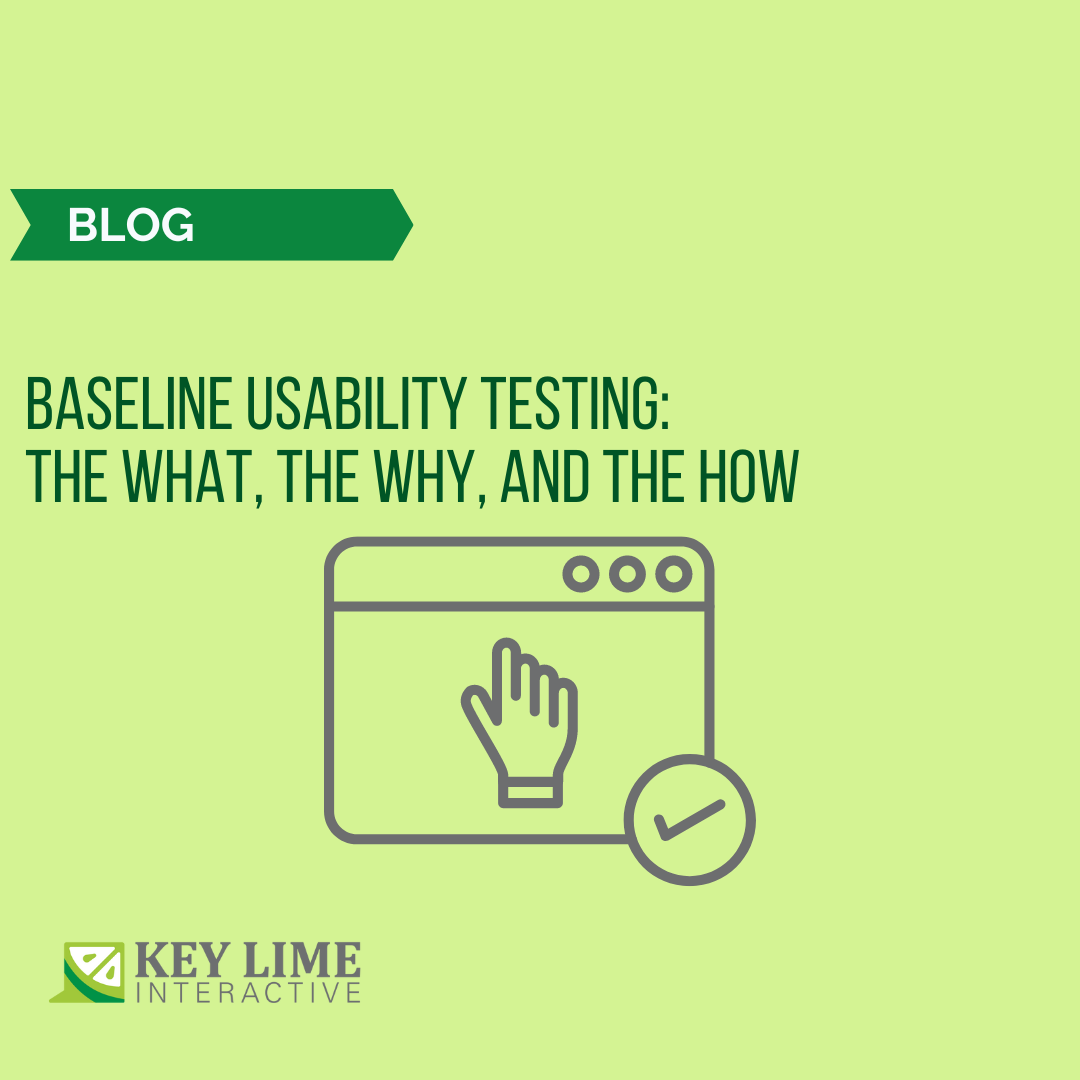
Conventional user experience research testing techniques typically take weeks to complete. In standard practices, generative research methods can take 4–6 weeks, evaluative research methods (usability testing) can take 2–6 weeks, and surveys can take 1–2 weeks. Not to mention, recruitment alone can take 1–2 weeks. In addition, depending on the study, conventional UX testing methods can require a minimum sample size of 20 participants. Rapid Research, on the other hand, can be completed in less than 3 weeks and with a sample size of 5-10 participants. At Key Lime Interactive, we conduct Rapid Research to provide quality findings and recommendations for our clients, to help improve their designs and launch at a reasonable time.
What is Rapid Research?
Rapid Research is an agile and lean work frame and technique that helps to discover as many insights as possible in a short period of time. Rapid Research is an innovative and iterative process, and when done correctly, it can be used to complement or even replace more conventional UX testing techniques. With the right tools and strategy, researchers can gather and deliver quality insights in a fraction of the time. In this blog, I've identified 5 helpful tips to help you stay focused on achieving insightful results while conducting fast-paced research.
#1. Create a process
While every UX project typically starts out with a plan, when conducting Rapid Research, it’s crucial to have a tight and detailed process. Without a process, you’ll be spending time (which you don’t have) trying to figure out what’s next. In order to turn around research within a week, a process that includes timeframes, goals, and templates is crucial.
#2. Prepare before the kickoff meeting
Before the kickoff meeting with the stakeholders, take some time to write down your first impressions of the project, the prototype/design, and your own assumptions and hypotheses. Then, you should validate and align your assumptions with the client. Not only will this help you familiarize yourself with the key research objectives and prototype, but this alignment can help you write the study plan and also highlight a few areas of what to keep an eye on during the sessions.
#3. Prioritize.
When conducting Rapid Research, time is limited. Cramming too much content in a short amount of time can lead to low-quality and even incomplete findings. Asking the stakeholders to prioritize the questions and objectives by importance will help you stay focused on the goals of the study. After targeting the high-priority questions first, if time permits, add a few low-priority items to the discussion guide.
#4. Ask the right questions
You might have heard this phrase many times before, but asking stakeholders the right questions can really help leverage and set the tone correctly for the rest of the project. Some important questions to ask stakeholders can include:
- What do you hope to learn from this study?
- What do you plan on doing with these findings?
Additionally, getting alignment with stakeholders on the discussion guide and asking participants the right questions during research sessions will also help you collect the correct data.
#5. Recap and debrief
After each session, set a timer for 10 minutes and identify key findings and insights from each session related to the research questions and objectives. This doesn’t, by any means, replace other formal note-taking methods. This practice can help you stay focused on the key highlights of each session without spending too much time getting caught up in the details. Some questions to think about during the debrief are:
- What happened during the session?
- Did the participant run into any major difficulties?
- What were the things that worked well?
- Was there anything that surprised them?
- Was there anything that surprised you?
- How do the insights you gathered answer the study goals and objectives?
There are many advantages of Rapid Research such as quick feedback, increased efficiency, better decision-making, and improved team agility. Rapid Research allows for quick feedback from users, which helps in making decisions and improving designs in a shorter period of time. Teams can gather insights and make decisions more efficiently, freeing up time and resources for other important tasks. Rapid Research methods can provide teams with quick and easy access to data and insights, making it easier to make informed decisions.
While Rapid Research can be a useful approach to gaining quick insights into user behavior, it is important to be aware of its limitations and potential drawbacks. Due to time constraints, Rapid Research may involve recruiting a smaller sample size of participants. When dealing with small sample sizes, it is critical that recruiting requirements focus on key user characteristics of the intended audience so that the sample can be as representative as possible. In addition, A/B testing is not recommended when conducting Rapid Research. With small sample sizes, insights and recommendations need to be directional, as definitive statistical conclusions should not be based on very few data points.
Lastly, Rapid Research is intended to provide high-level findings and may not identify deeper user motivations and behaviors. A single Rapid Research study may not identify all the insights that could lead to significant product improvements, however, a series of studies can help in the iterative design process.
Overall, Rapid Research can be useful for quick insights and decision-making, but it’s important to balance speed with rigor and thoughtfulness to ensure accurate results and comprehensive insights. Compared to traditional research, one of the major differences is in the depth of the findings and insights. Rapid Research is a quick, high-level study that is generally used to get rapid feedback to guide iterative design - while standard studies ask more questions and dig deeper into the details.
If you are looking for UX experts to conduct Rapid Research without compromising quality, Key Lime Interactive can help. Our proprietary QuickInsightsTM was specifically designed to streamline and standardize Rapid Research to deliver fast, impactful, and actionable results. Please contact us to see how we can assist you.










Comments
Add Comment